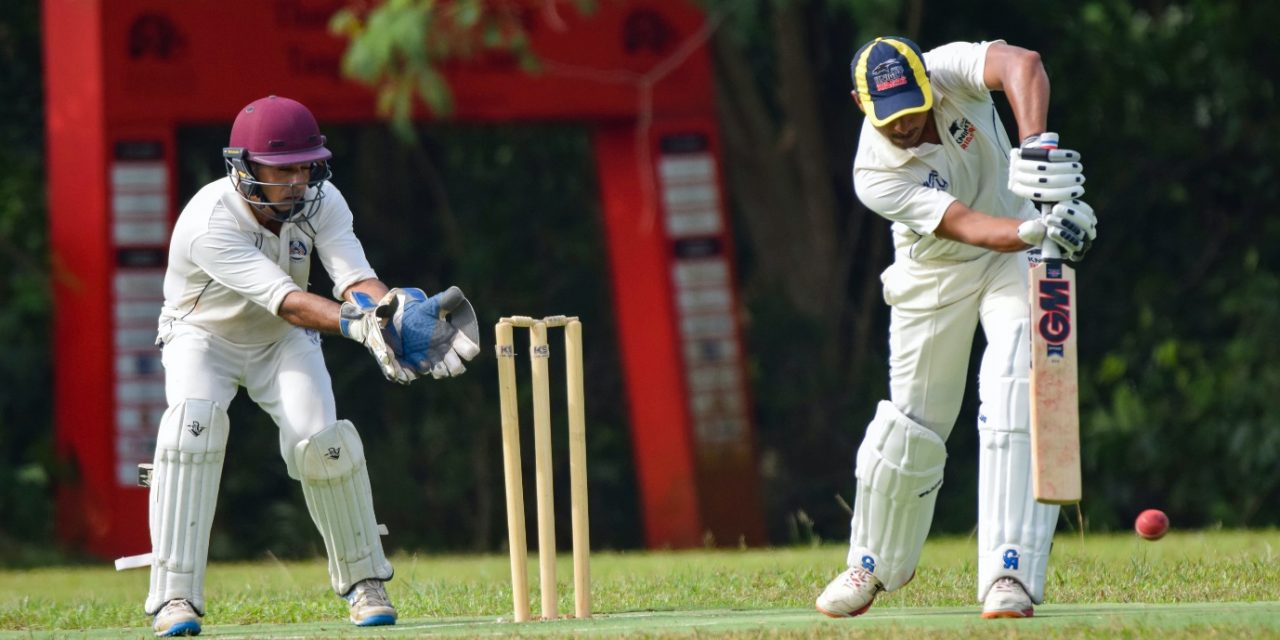Don’t worry if you’re new to the world of cricket. Cricket is a simple game to understand when it’s broken down. If you want to find out more about the sport, its rules, the cricket equipment used, and terminologies then read our article below and you’ll be an expert in no time.
Basics Of the Game
The sport is played between eleven players on each side. There are two umpires that officiate the matches and have the final word in the game.
The game is pretty similar to baseball. One team bats while the other takes the field. The aim at the end of the game is to have more runs (points) than the opposing team.
To begin the game one of the team captains flips a coin to see which team will bat or field first.
What Cricket Equipment Is Required?
Even though cricket is a simple game to understand it is still a game that can cause serious injuries when playing. Protective cricket equipment is a necessity in this game. Fortunately, many online cricket equipment stores exist that make it easy to get access to all the cricket equipment you will ever need.
While playing cricket, helmets, pads, and various other protective gear is necessary to help minimize or stop serious injuries from occurring. Protective cricket equipment is absolutely necessary considering that the hard leather balls thrown can achieve speeds of around 160km/h.
Here are some of the things needed when playing cricket:
- A round ball.
- A flat ground.
- Bat.
- Protective gear.
- Wickets or stumps.
How To Score
There are two batsmen and a single bowler that stand opposite each other on a strip area on the field. The bowler must bowl the ball to the batsmen.
If the batsman hits the ball they will try to attempt to run across the strip on the field to where the bowler was standing. If both batsmen run to the opposite side and are successful in doing so then they score one point for each ‘run’. This is one of the ways a batsman can score.
The second way is, if the batsman hits the ball all the way to the edge of the field known as the boundary, then they get 4 points. The third way is if the ball lands over the boundary without touching the ground, then they have successfully scored 6 points.
A batsman can also score runs if a bowler gets penalties such as:
- Wides: When the bowler bowls the ball too far from the batsmen.
- No-Ball: An illegal ball delivery such as a ball thrown from off the pitch.
- Byes: When the batsmen run without the ball touching him or his bat.
- Leg-Byes: This is when the ball hits the batsmen and doesn’t hit the bat, and they successfully complete a run.
Dismissal Of a Batsmen
There are five ways in which a batsman can get out:
- Bowled: When the ball hits the stumps.
- LBW (leg before wicket): It is when the batsman uses their body to stop the ball from hitting the wicket.
- Caught: The ball is caught by the fielder before it touches the ground.
- Stumped: When the wicketkeeper hits the wicket with the ball while the batsmen are outside of their required crease area.
- Run-out: The fielder hits the stumps with the ball before the batsmen have made a complete run.
Types Of Cricket Matches
There are three types of main cricket matches:
Test Cricket
The test match is played over the course of five days and consists of four innings. Two for each team. An inning is finished when 10 to 11 batsmen have been dismissed. In the end, the team with the most runs overall in the four innings wins.
One Day Cricket
As described by the name itself the match lasts for a day. The team plays one inning each which consists of fifty overs. One over consists of 6 bowls. Either that or until every player is dismissed. The team with the most runs wins.
Twenty20
Each team plays 20 overs only. The aim is similar to the last matches, the team that scores more runs wins.











